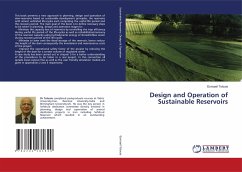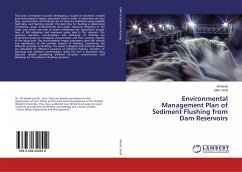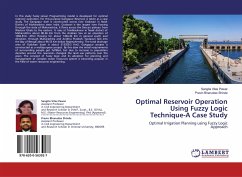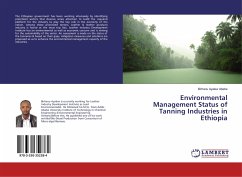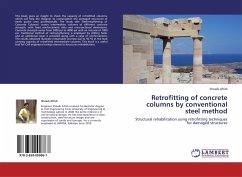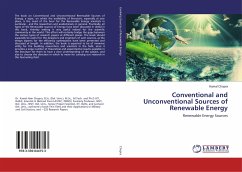This book presents a new approach in planning, design and operation of dam-reservoirs based on sustainable development principles, the reservoirs with almost unlimited life-cycles each comprising the useful life period and the recovery period. The main goal of the book is to define necessary steps to be taken in planning, design and operation stages to: - Minimize the capacity loss of reservoirs by controlling the trap efficiency during useful life period of the life-cycles as well as rehabilitation/recovery of the reservoir capacity using hydrodynamic energy of stored/inflow water during recovery period of the life-cycles. - Minimize or even omit the dead storage of the reservoir, hence reduce the height of the dam consequently the investment and maintenance costs of the project. - Improve the operational safety factor of the project by reducing the height of the dam for a certain volume of regulated water.A case study has been carried out in chapter 5 for a better understandingof the procedures to be taken in a real project. In this connection all sample input-output files as well as the user friendly simulation models are given in appendices 2 and 3 respectively.

